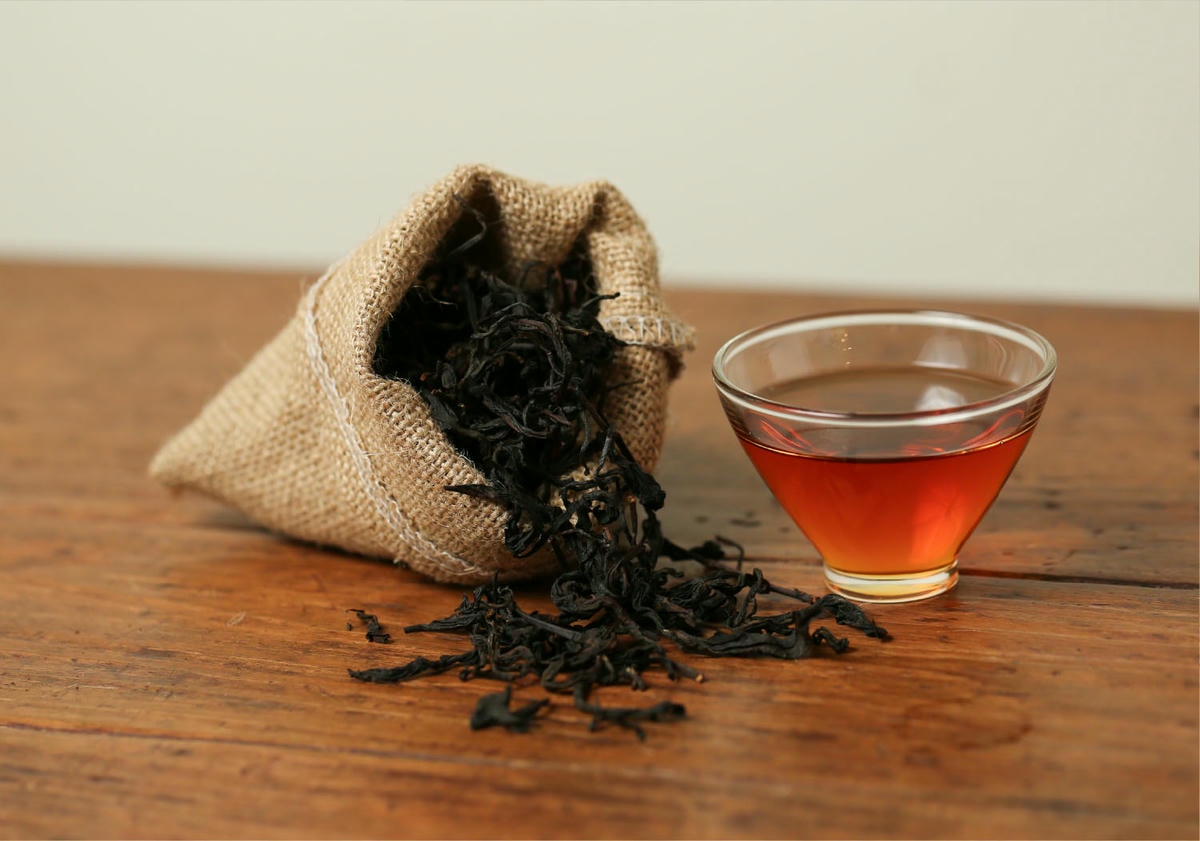In Taiwan, large-leaf and small-leaf tea cultivars are distinguished based on the growth form of the tea plant.
Large-leaf varieties belong to the small arbor type, characterized by tall trees with a distinct main trunk. The leaves have a single layer of palisade cells, are thinner in flesh, and are larger in size. These leaves tend to have higher levels of tea polyphenols (catechins), making them more bitter and astringent, which is why they are best suited for producing fully fermented teas like black tea, where fermentation reduces bitterness.
Black teas made from large-leaf varieties are rich in flavor and aroma. A standout example is Taiwan No. 18 “Ruby Red” black tea. Well-known international black teas such as Assam and Ceylon (Sri Lankan) teas are also made from large-leaf cultivars.
In contrast, small-leaf varieties are shrub-type tea plants—shorter in height with no prominent trunk. Their leaves have 2–3 layers of palisade cells, are thicker, and smaller. These cultivars are known for their smooth, mellow, and sweet taste, making them ideal for oolong and green teas. The famous Qingxin Oolong, a symbol of Taiwan’s high mountain teas, comes from a small-leaf variety.
That said, Taiwan’s hot, sunny summers cause even small-leaf tea plants to produce higher catechin content, making them well-suited for black tea production as well. Summer-harvested small-leaf black tea offers a vibrant aroma and smooth, full-bodied taste, and has gained popularity in recent years as a new addition to Taiwan’s black tea scene.
Sanyu Tang’s Alishan Small-leaf Black Tea is crafted using summer-harvested leaves from the Shizhao tea-growing area at 1500 meters above sea level in Alishan, and has become a favorite among tea enthusiasts.

